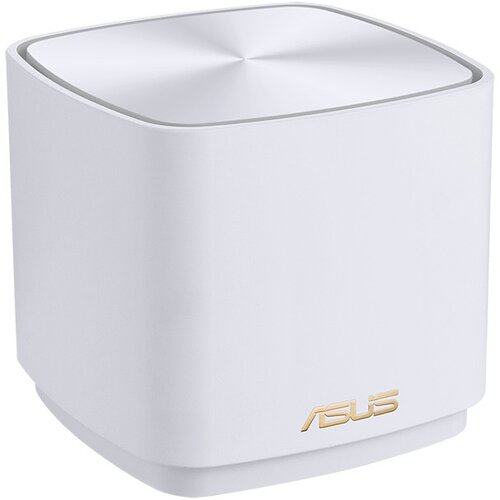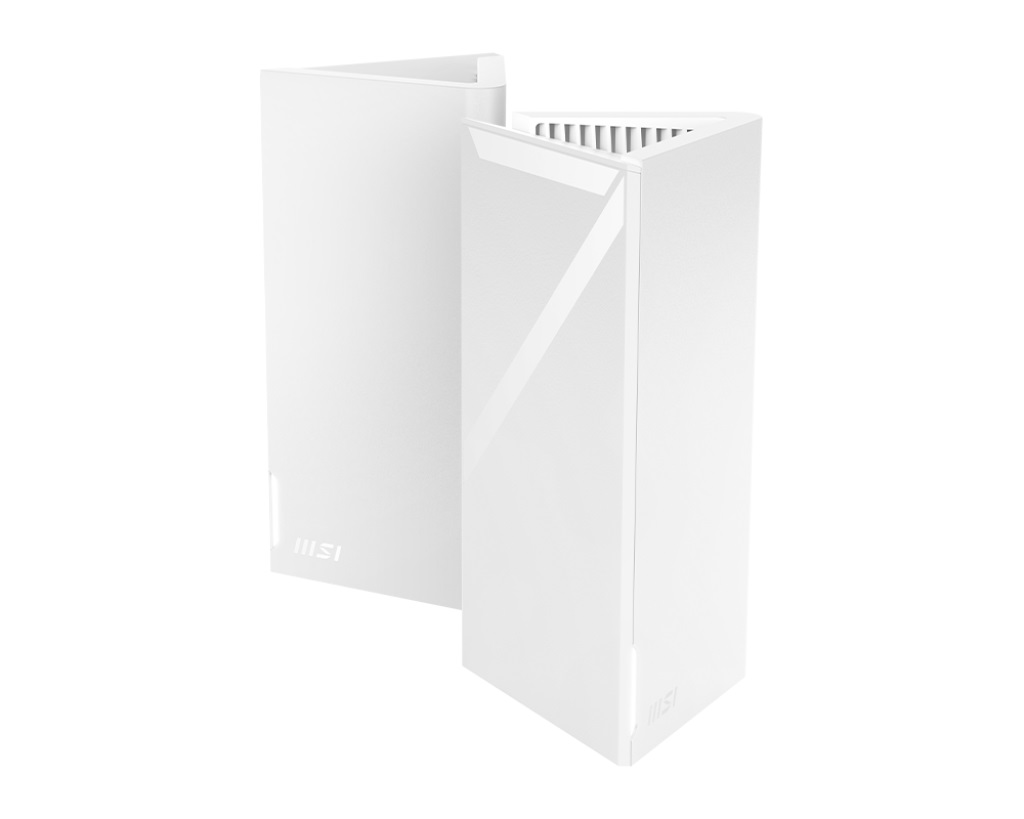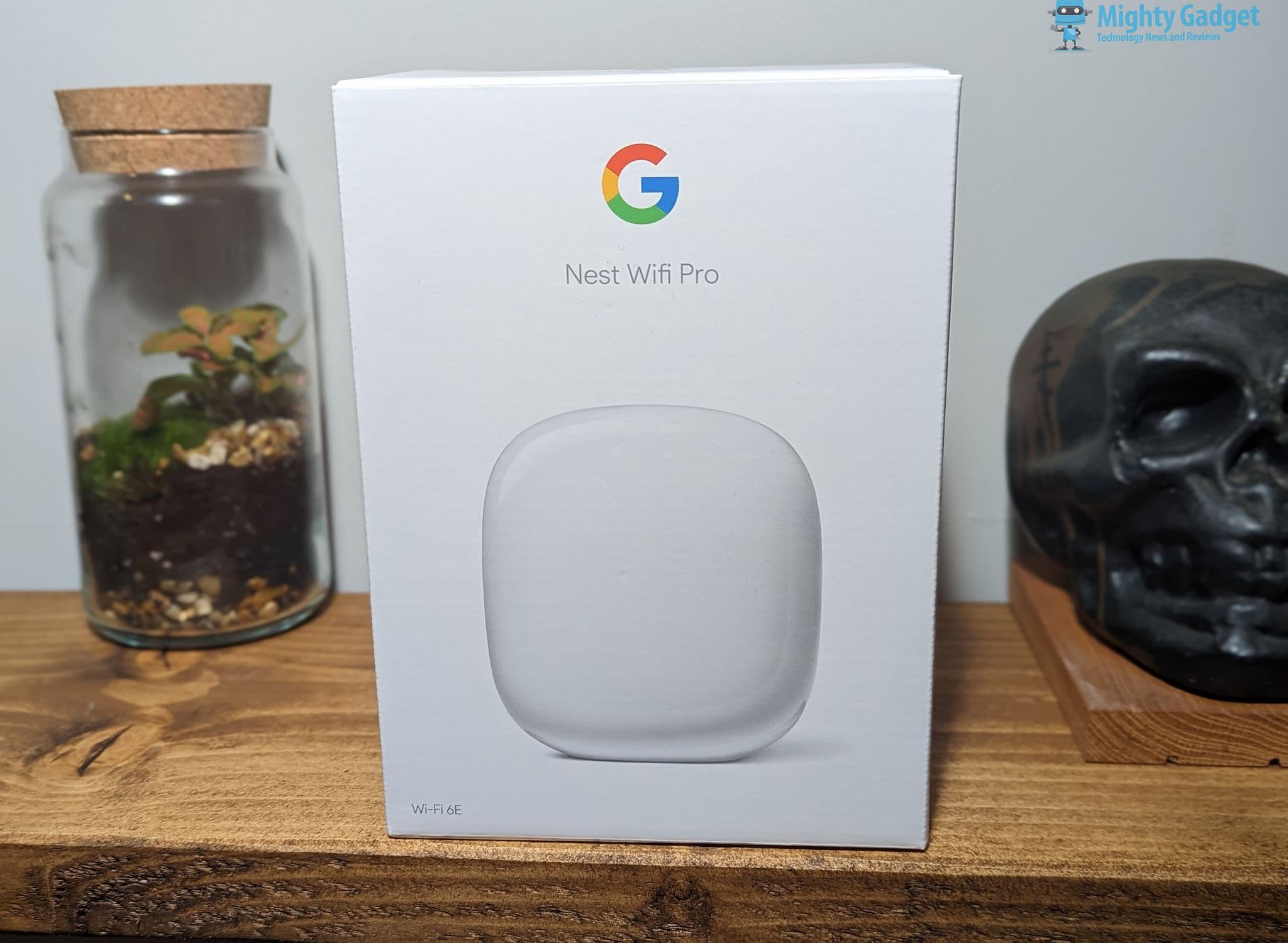Living life after 60 and still figuring it out. Foster parenting a teen girl, raising an autistic son, surrounded by furry family, testing tech, working full time, and chasing side hustles, all while married 40+ years to an amazing woman.
Monday, May 26, 2025
What Trauma-Informed Parenting Taught Me This Year
A year ago, I believed love would be enough. That structure and consequences would shape behavior. That consistency and rules would provide security. I thought if I just showed up every day and stayed calm, healing would come naturally.
Then I became a trauma-informed parent.
I never saw Kat’s behavior as “bad.” From the beginning, I understood that shutting down or avoiding things like school wasn’t rebellion. I believed, and still believe, that much of her behavior is rooted in trauma. But over time, I’ve realized I sometimes leaned too hard on that lens.
Kat is also a 16-year-old girl. Some of what she does isn’t trauma, it’s just being a teenager. The tricky part is knowing the difference. And that’s where I still stumble.
There are times when she shuts down and I can’t tell if it’s fear, shame, grief, or just a desire to not deal with adult expectations. It’s been hard to figure out what triggers a trauma response versus what might be typical teenage behavior. And even harder to know how to gently guide her toward safer, more effective ways to cope.
I’m still learning. I’ve come to believe that the best approach is to stay curious, not certain. To ask, “What’s driving this?” before reacting. And to accept that sometimes I won’t know, and that’s okay.
1. Behavior Is Communication, Not Rebellion
One of the first shifts I had to make was seeing “bad behavior” not as an attack, but as a message. When Kat shuts down, refuses to talk, or skips school, she isn’t trying to be difficult. She’s trying to feel safe.
What looks like apathy or defiance is often a trauma response. A survival skill. Until she feels safe, nothing else can come online.
2. Safety Isn’t Just a Locked Door and a Warm Meal
Kat has a roof over her head. She has food, clothes, and even a bedroom she likes. But safety, I’ve learned, also means emotional safety. It means knowing I won't shame her, explode at her, or give up on her. It means honoring her need for space while still showing up consistently.
Even something as simple as gently knocking on her door instead of barging in, or offering a quiet “I’m here if you need me,” builds safety.
3. Connection Comes Before Correction
When Kat is struggling, she doesn’t need a lecture. She needs to feel felt. I used to lead with logic, trying to get her to understand why her actions were self-defeating. It never worked.
Now, I ask: “What do you need right now?” or “Want me to sit with you for a minute?” Once she feels connected, she is far more open to guidance. Correction without connection only reinforces fear and shame.
4. Development Isn’t Linear
According to Untangled, teen girls grow through seven key transitions. For a trauma-impacted teen, those transitions are messy and unpredictable. One day, Kat gets up an hour early to get ready for her job. The next day, she can’t get out of bed 15 minutes before school.
She isn’t unmotivated. She is overwhelmed. But it’s more than just about where she feels safe. We even tried remote learning from the comfort of home, and she still showed no interest or motivation. That’s when I started to realize school may not feel threatening in the usual way, but it represents something bigger—pressure, failure, judgment, the risk of shame. Those feelings are just as powerful as physical fear. Her avoidance is still about emotional survival.
Trauma slows down and twists development. That doesn’t mean our kids are broken. It means we have to meet them where they are.
5. You Will Doubt Yourself, and That’s Okay
There were, and still are, days I wonder if I’m doing this right. If I’m too soft. Too firm. Too tired. I’ve learned from Good Inside that it’s not about perfection. It’s about being grounded. It’s about holding space for big feelings, including my own.
I try to be the calm in her storm, not the storm itself.
6. You Can’t Do This Alone
Therapists, mentors, online support groups, and patient friends have been lifelines. So has my spouse, even when we don’t always agree on the approach. What matters is that we are united in our commitment to Kat.
No one can parent a child from trauma in isolation. If you're doing this work, find your people.
7. Hope Grows in Small Moments
Trauma-informed parenting doesn’t always come with big breakthroughs. Sometimes it’s a batch of homemade chocolate chip cookies. Or watching your child suit up for her first job at a local amusement park. It’s going roller skating on Barbie night in a pink shirt you wouldn’t have worn otherwise, because she asked you to. It’s seeing her curled up with the dogs, truly at ease.
Those are the moments that say, “I’m starting to feel safe here.” And those are the moments that keep us going.
Healing happens in the small spaces, over time, through connection.
Conclusion: What I Want Other Parents to Know
If you're parenting a child who has experienced trauma, I want you to know this:
You are not alone. It’s not your job to fix everything. Your presence matters more than your perfection. Show up. Stay soft. Lead with connection.
Trauma-informed parenting is not easy, but it transforms both the child and the parent. And it starts with believing, every single day, that your child is doing the best they can with the tools they have. Just like you.
If this resonated with you, or if you’re on a similar path, I’d love to hear your story. Reach out, share your insights, or just know that there are others walking beside you.
Wednesday, May 14, 2025
🛡️ Top 10 Routers with Built-In Parental Controls
Top 10 Routers with Parental Controls
As a foster dad raising a tech-savvy teenager, I know firsthand how overwhelming it can be to keep up with the digital world while still trying to set healthy boundaries at home. Our daughter, like many teens who have experienced trauma, struggles with screen time, social media addiction, and sleep disruption, all of which have made internet safety a daily conversation in our household. After months of trial, research, and frustration, I decided to dig deep into router options that actually offer meaningful parental controls. This post isn't a list of sponsored ads or glowing testimonials. It's a straightforward, practical review of 10 routers that promise to give parents a fighting chance, especially those of us trying to provide stability and structure for kids who have been through more than their fair share.
 Netgear Orbi 770 Series (Wi-Fi 7 Mesh) | |
|---|---|
| Price | Approximately $600 for a 2-pack; $800 for a 3-pack |
| Parental Controls | Basic controls included (e.g., device profiles, internet pause). Advanced features like content filtering, usage tracking, and scheduling require a subscription to Netgear Smart Parental Controls ($8/month or $70/year after a 30-day free trial). |
| VPN Protection | VPN access is available through the Netgear Armor subscription, which includes Bitdefender Security and VPN services. After a 30-day free trial, the subscription costs $40 for the first year and $100 annually thereafter. |
| Device Blocking | Yes, individual devices can be paused or blocked via the Orbi app. |
| Pros |
|
| Cons |
|
| Unique Features |
|
| Areas for Improvement |
|
| Sources | |
 Asus ZenWiFi XD5 (Wi-Fi 6 Mesh) | |
|---|---|
| Price | Approximately $220 for a 3-pack; $130 for a single unit |
| Parental Controls | Includes AiProtection Classic with Parental Controls at no additional cost. Features include content filtering, scheduling, and the ability to block specific websites and apps. |
| VPN Protection | Supports VPN server and client functions, including OpenVPN, PPTP, and L2TP protocols. Allows for secure remote access and VPN passthrough. |
| Device Blocking | Yes, individual devices can be managed and blocked via the ASUS Router app. |
| Pros |
|
| Cons |
|
| Unique Features |
|
| Areas for Improvement |
|
| Sources | |
 MSI Roamii BE Lite (Wi-Fi 7 Mesh) | |
|---|---|
| Price | Approximately $210 for a 2-pack |
| Parental Controls | Includes FortiSecu powered by Trend Micro, offering content filtering, scheduling, and the ability to block specific websites and apps. |
| VPN Protection | Supports VPN server and client functions, including OpenVPN and PPTP protocols, allowing for secure remote access and VPN passthrough. |
| Device Blocking | Yes, individual devices can be managed and blocked via the MSI Roamii app. |
| Pros |
|
| Cons |
|
| Unique Features |
|
| Areas for Improvement |
|
| Sources | |
 Google Nest Wifi Pro (Wi-Fi 6E Mesh) | |
|---|---|
| Price | Approximately $199.99 for a single unit, $299.99 for a 2-pack, and $399.99 for a 3-pack |
| Parental Controls | Includes basic parental controls via the Google Home app, allowing for scheduling internet access and pausing Wi-Fi on specific devices. Advanced content filtering and detailed usage reports are not available. |
| VPN Protection | Does not offer built-in VPN support. Users must configure VPN services on individual devices. |
| Device Blocking | Yes, individual devices can be paused or scheduled via the Google Home app. |
| Pros |
|
| Cons |
|
| Unique Features |
|
| Areas for Improvement |
|
| Sources | |
 Netgear Nighthawk RAXE300 (Wi-Fi 6E Router) | |
|---|---|
| Price | Approximately $400 |
| Parental Controls | Offers basic parental controls for free, including device pausing and profile creation. Advanced features like content filtering, scheduling, and usage reports require a subscription to Netgear Smart Parental Controls Premium ($7.99/month or $69.99/year) :contentReference[oaicite:1]{index=1}. |
| VPN Protection | Supports OpenVPN for secure remote access to your home network. However, it does not function as a VPN client to route all traffic through a VPN service :contentReference[oaicite:2]{index=2}. |
| Device Blocking | Yes, individual devices can be managed and blocked via the Nighthawk app or the router's web interface using Access Control settings :contentReference[oaicite:3]{index=3}. |
| Pros |
|
| Cons |
|
| Unique Features |
|
| Areas for Improvement |
|
| Sources | |
TP-Link Deco XE75 (Wi-Fi 6E Mesh) | |
|---|---|
| Price | Approximately $310 for a 3-pack |
| Parental Controls | Includes basic parental controls via TP-Link's HomeShield, offering features like content filtering, time limits, and device pausing. Advanced features, such as detailed usage reports and enhanced security, require a HomeShield Pro subscription ($5.99/month or $54.99/year). |
| VPN Protection | Supports VPN passthrough and can function as a VPN server, allowing secure remote access to your home network. However, it does not support VPN client functionality to route all traffic through a VPN service. |
| Device Blocking | Yes, individual devices can be paused or scheduled via the Deco app, providing control over internet access for specific devices. |
| Pros |
|
| Cons |
|
| Unique Features |
|
| Areas for Improvement |
|
| Sources | |
 Eero Pro 6E (Wi-Fi 6E Mesh) | |
|---|---|
| Price | Approximately $249.99 for a single unit; $499.99 for a 3-pack |
| Parental Controls | Basic parental controls are available through the Eero app, allowing for device pausing and scheduling. Advanced features, including content filtering and activity insights, require an Eero Plus subscription ($9.99/month or $99/year). |
| VPN Protection | Eero Pro 6E supports VPN passthrough but does not function as a VPN client to route all traffic through a VPN service. |
| Device Blocking | Yes, individual devices can be paused or scheduled via the Eero app. |
| Pros |
|
| Cons |
|
| Unique Features |
|
| Areas for Improvement |
|
| Sources | |
Asus ROG Rapture GT6 (Wi-Fi 6 Mesh) | |
|---|---|
| Price | Approximately $250 for a 2-pack |
| Parental Controls | Includes AiProtection Pro powered by Trend Micro, offering features like content filtering, scheduling, and activity monitoring. These features are available without additional subscription fees. |
| VPN Protection | Supports VPN Fusion, allowing multiple VPN connections simultaneously. Also includes Instant Guard for secure remote access to your home network. |
| Device Blocking | Yes, individual devices can be managed and blocked via the ASUS Router app or the router's web interface. |
| Pros |
|
| Cons |
|
| Unique Features |
|
| Areas for Improvement |
|
| Sources | |
 Netgear R6700AXS (Wi-Fi 6 Router) | |
|---|---|
| Price | Approximately $70–$140 |
| Parental Controls | Includes basic parental controls via the Nighthawk app, such as device pausing and scheduling. Advanced features, including content filtering and activity monitoring, require a subscription to Netgear Smart Parental Controls ($7.99/month or $69.99/year). |
| VPN Protection | Supports VPN server functionality using OpenVPN, allowing secure remote access to your home network. However, it does not support VPN client functionality to route all traffic through a VPN service. |
| Device Blocking | Yes, individual devices can be managed and blocked via the Nighthawk app or the router's web interface. |
| Pros |
|
| Cons |
|
| Unique Features |
|
| Areas for Improvement |
|
| Sources | |
TP-Link Deco X20 (Wi-Fi 6 Mesh) | |
|---|---|
| Price | Approximately $130–$200 for a 3-pack |
| Parental Controls | Includes basic parental controls via the Deco app, such as device pausing, scheduling, and content filtering. Advanced features, including detailed reports and enhanced security, require a subscription to TP-Link HomeShield Pro. |
| VPN Protection | Supports VPN passthrough but does not function as a VPN client to route all traffic through a VPN service. |
| Device Blocking | Yes, individual devices can be managed and blocked via the Deco app. |
| Pros |
|
| Cons |
|
| Unique Features |
|
| Areas for Improvement |
|
| Sources | |
Subscribe to:
Comments (Atom)

